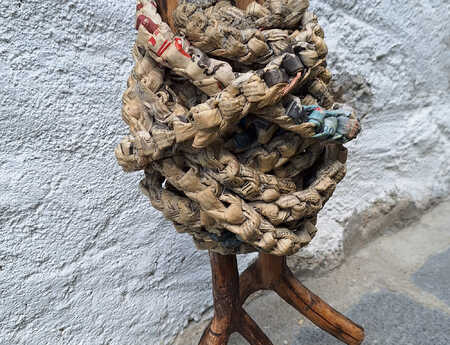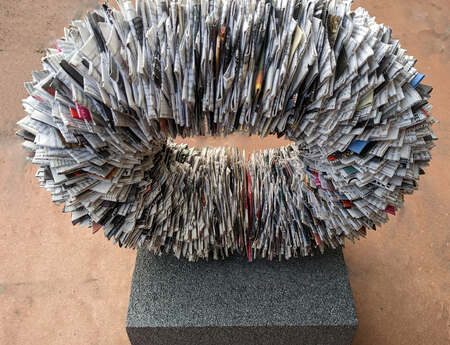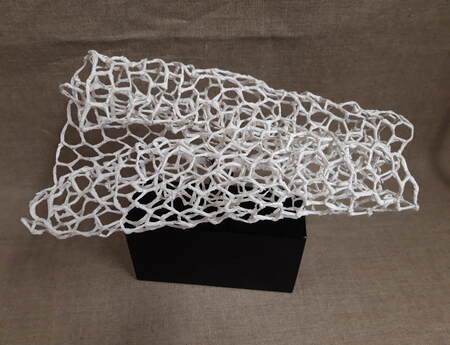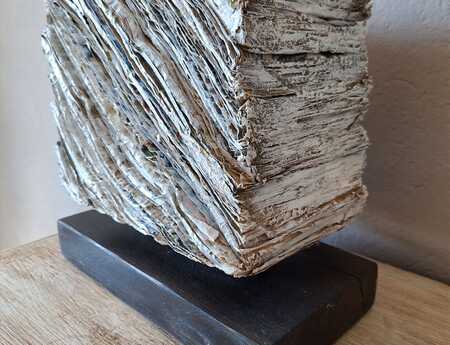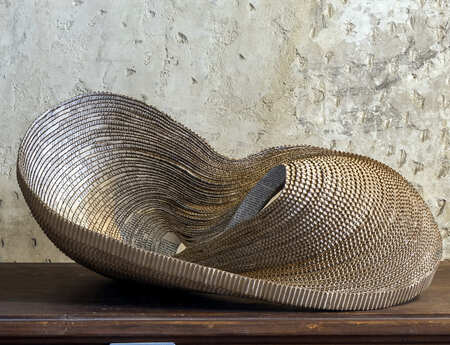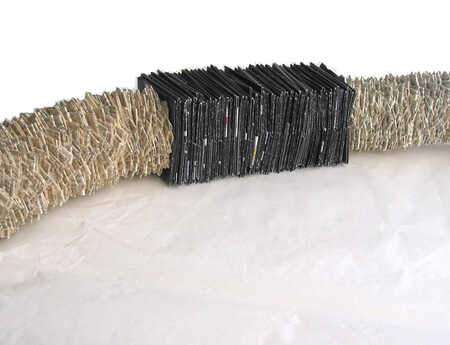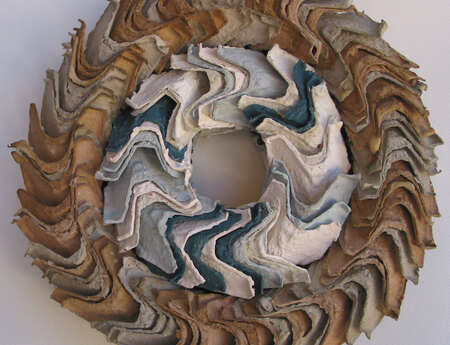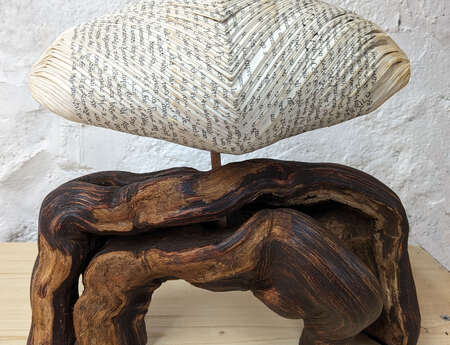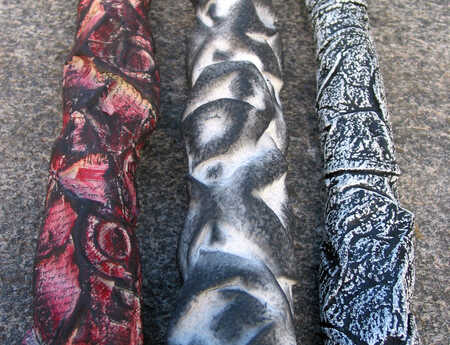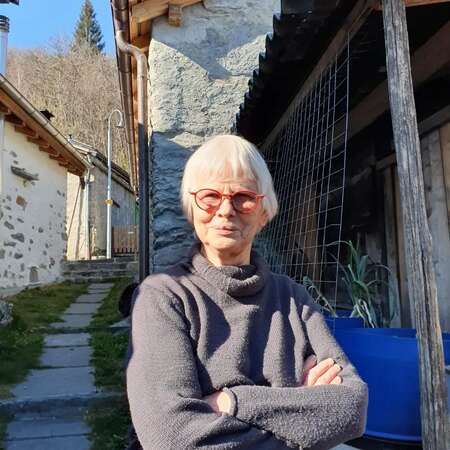
Switzerland
Critical text by
Raffaella Turatti
Delicate, elaborate, evocative, aesthetically seductive. The works of Gerda Ritzmann (Austria, 1946) explore the creative power of paper, this fragile yet so durable material adds to the aesthetic formulation an emotional and intellectual appeal derived from the foundation on which it is based: the vulnerability of existence and its remarkable resilience.
The artist offers our eyes and our minds numerous cues for reflective emotion; contemplation leads us to think about the importance of giving new life and renewed meaning to matter at a time when it appears to us to be useless and destined for the scrap heap.
A great craftsmanship perfected through years of research, Ritzmann knows perfectly the material he manipulates, which undergoes a radical transformation from time to time, becoming something else, departing from its nature of mere graphic support to become an autonomous object, rich in meaning, integrated into the environment. Ritzmann explores the sculptural potential of paper, reinventing it and taking it out of its everyday use to create abstract works that address universal themes in an evocative way, emphasising the concept of transformation, mutation, change and recycling.
An exponent of Paper Art, Gerda Ritzmann has chosen a highly contemporary artistic medium to underline her poetic quest. Hers is a creative universe pursued with rigour and devotion.
For which it was conceived. Paper and cardboard are transformed into multiple objects that stimulate the visual senses through the contrasting play of paints, colours, materials cut and dismembered to generate a new form, with powerful and fascinating visual expression. In his hands, paper transforms itself into an object, into an installation, it amazes us by changing morphology and prompting us to get to know the genesis of every single work, every single sheet folded, painted, dismembered, converted.
With an extraordinary poeticity, Ritzmann also makes abundant use of printed pages, decontextualised and given new life - but even, in the process of mutating the material, he allows it to emerge with a seductive allusive force. The viewer thus becomes the protagonist of the work; intrigued by it, he is drawn to observe the work more closely in order to grasp the words on what were once pages of a book, a text, a newspaper and have now become something else. Gerda Ritzmann's works are cloaked in energy and movement in space, with their twisting, coiling, winding in spirals, twisting in knots, which convey to the viewer the desire, the will to penetrate into them to let oneself be enveloped by those same spirals, to untie those same knots, to be misled by the optical play of geometric figures, graphic signs, intertwining, moving forms.
The artist thus arrives at two possible typologies: on the one hand, plastic, volumetric, three-dimensional works - the subject of the exhibition - that can be labelled as sculptures dialoguing directly with the space in which they are placed, and on the other hand, the two-dimensional compositions, real panels of approaching forms organised according to the principles dear to the Gestalt school, more precisely tessellation, modular reiteration, the dialectic between full and empty, symmetries, alignments.
The exhibition proposes a series of sculptures, installations and two-dimensional works that delve into the universe of the artist who has become a champion of recycling, in the artistic sense, but above all a champion of a way of making art that assigns forms a new status; that of becoming true aesthetic incentives capable of arousing wonder while at the same time stimulating the interpretative imagination of the observer, who is invited to go beyond the mere material fact, overcoming a stereotyped vision of things as they appear.
What is undoubtedly impressive about Ritzmann's work is the unprecedented and experimental relationship built with this everyday material, paper, but perhaps even more so the thought, the lightness of vision and the novelty of the artistic interpretation that reinterprets our ways of life.
Translated with DeepL.com (free version)
